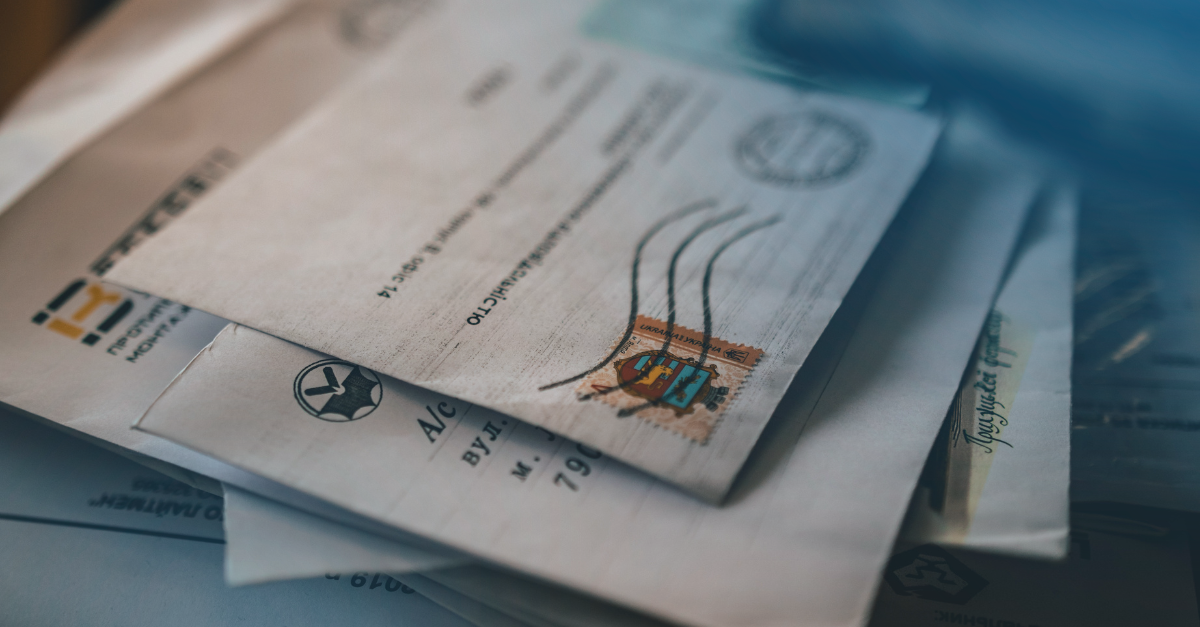Government Agencies at Risk: The Dangers of Unsecured Check Stock

In the vast expanse of the ocean, sharks lurk in the shadows, ready to strike with deadly accuracy. Similarly, within the realm of government agencies, a hidden danger looms in the form of unsecured check stock. Just like swimming in the deep, risks associated with using unsecured paper for check printing can have devastating consequences. This blog post explores the parallels between these hidden dangers and highlights the importance of secure check stock in protecting government agencies against fraud, financial loss, and reputational damage. 
Unsecured Check Stock: A Hidden Danger in Shark-Infested Waters
Government agencies perform crucial roles in safeguarding societies and maintaining order. They ensure the smooth functioning of governance processes, protect their citizens' interests, and often handle vast amounts of sensitive and classified information. The collected information is crucial to providing citizens and government agencies with the financial support they need to meet their daily needs or function optimally. Today, the government utilizes both digital payment options and print checks to issue payments. Where unsecured check stock is used, hidden dangers that can be exploited by crooks for financial gain are exposed.
The Stealthy Threat: Unsecured Check Stock
Many agencies rely on physical, paper-based checks for various financial transactions, including salaries, vendor payments, and tax refunds. However, the use of unsecured check stock leaves agencies vulnerable to fraud and counterfeiting. So, here is what government officials or agencies need to know about unsecured check stock:
- The Anatomy of an Unsecured Check – Unsecured check stock lacks the necessary security features that make it difficult to counterfeit or tamper with. These features include watermarks, security inks, micro prints, and holograms. Without these safeguards, unsecured checks can be easily reproduced, manipulated, or altered, putting government agency funds at risk.
- Tampering with Checks – Unsecured check stocks provide fraudsters with the opportunity to tamper with the information within issued checks with ease. Using advanced software, fraudsters can edit check information such as the recipient’s name, amount payable, and address to ensure checks can be cashed by the wrong person or their accomplices.
Hunting Grounds: The Risks Government Agencies Face
Just as sharks hunt in various areas of the ocean, government agencies face different risks when using unsecured check stock. Understanding these risks is crucial to appreciate the need for secure check stock and the adoption of robust security measures.
- Financial Losses – One of the most apparent risks associated with using unsecured check stock is financial loss. Fraudsters can easily duplicate or alter unsecured checks, siphoning funds away from the intended recipients. The financial repercussions of such losses can be disastrous, impacting agency budgets, public services, and ultimately taxpayers.
- Reputational Damage – Government agencies must maintain the trust and confidence of the public. Any suspicion of fraud or financial mismanagement can tarnish an agency's reputation, leading to diminished public trust. Reputational damage can have long-term consequences, affecting relationships with vendors, employees, and citizens who rely on government services.
- Legal Implications – The consequences of using unsecured check stock extend beyond financial and reputational damage. In some cases, government agencies may also face legal implications due to fraudulent activities resulting from unsecured checks. Legal battles can drain agency resources, diverting attention from their primary mission.
The Lifesaver: Secure Check Stock
Just as protective gear can shield against shark attacks, secure check stock acts as the lifeline for government agencies, safeguarding them against fraud and financial losses. The adoption of secure check stock offers multiple benefits, which should be considered an integral part of any agency's fraud prevention strategy. These benefits and protective features include:
- Enhanced Security Features – Secure check stock incorporates advanced security features designed to deter counterfeiting and tampering attempts. Watermarks, security inks, and other features are intentionally complex, making it nearly impossible for fraudsters to reproduce or alter a check undetected. These enhanced security features act as a deterrent, protecting government agency funds.
- Cost-Effective in the Long Run – While the initial investment in secure check stock may seem higher, its long-term benefits make it a cost-effective choice. The financial losses and associated expenses resulting from the use of unsecured check stock can far outweigh the initial savings. By investing in secure check stock, government agencies can reduce the risk of fraud and mitigate potential financial losses.
- Peace of Mind – Government agencies owe it to their employees, vendors, and the public to ensure that their financial transactions are secure. By utilizing secure check stock, agencies can operate with greater peace of mind, knowing that they have taken necessary steps to protect against fraud and financial loss.
Beat the Hidden Dangers Associated with Unsecured Check Stock
Just as sharks inhabit the ocean's depths, unsecured check stock lurks within the realm of government agencies, ready to strike. The risks posed by unsecured checks are not merely monetary but also threaten the reputation and integrity of government agencies. By adopting secure check stock and robust fraud prevention strategies, agencies can protect their finances, their reputation, and their ability to carry out their essential roles in society. In the treacherous waters of financial transactions, secure check stock acts as the ultimate defense, that ward off the hidden dangers of fraud and counterfeit activities.
Related Posts

What is UV Printing? UV Curable Inks for Packaging
Ultraviolet, or UV printing is an advanced digital technology that cures specially designed inks using UV light. This process creates sleek, vibrant designs that dry instantly,..

Here's How to Beat Upcoming Postage Rate Increases
In 2024, a notable increase in postage costs became a reality. With postage increases expected to occur multiple times a year, it's important to be prepared for what's coming.

What is MICR Toner? A Guide for Check Printing
What is MICR? MICR stands for Magentic Ink Character Recognition, and it plays a critical role in check printing. If you're printing checks for your business, you should always be..



Leave a Reply